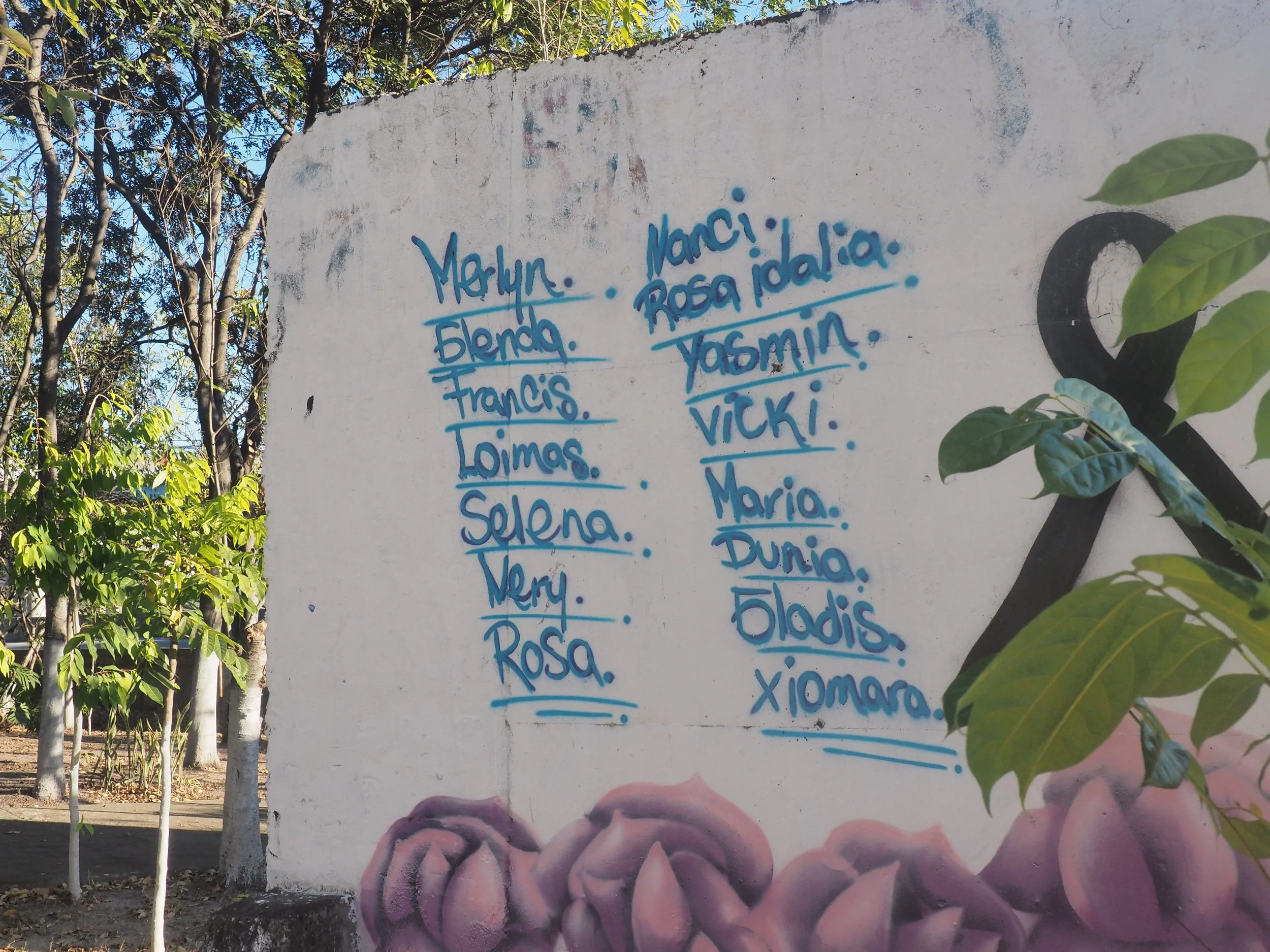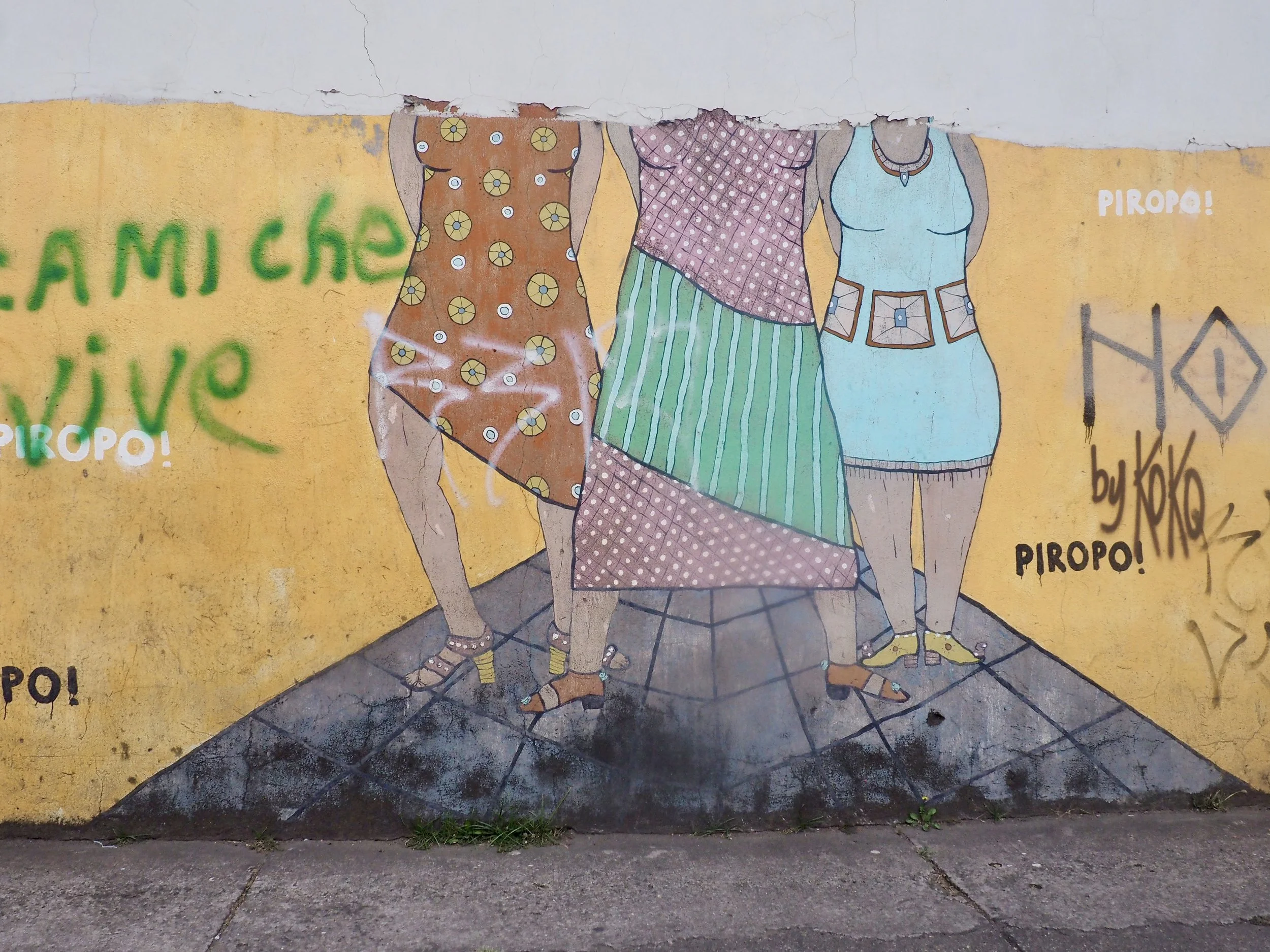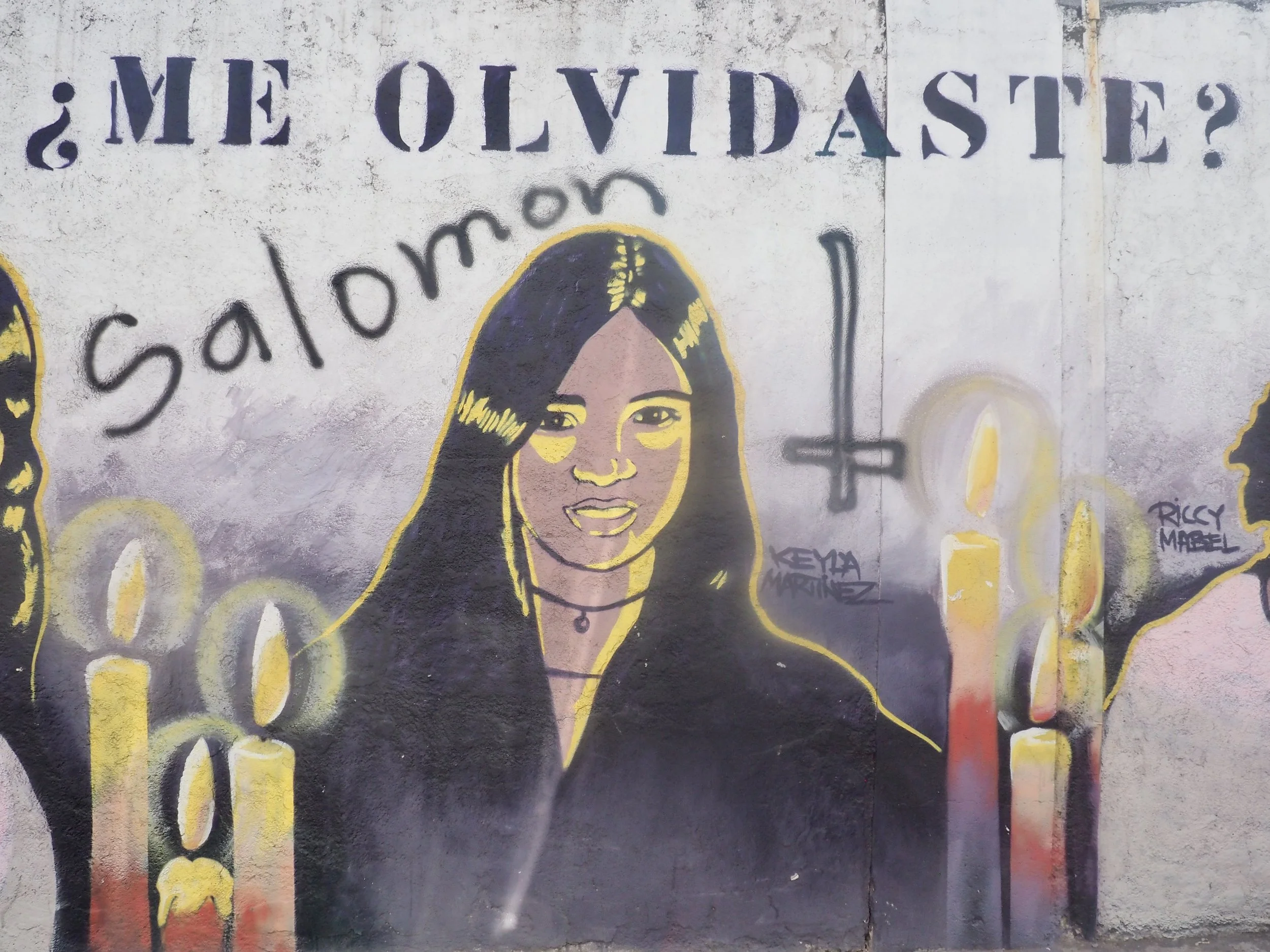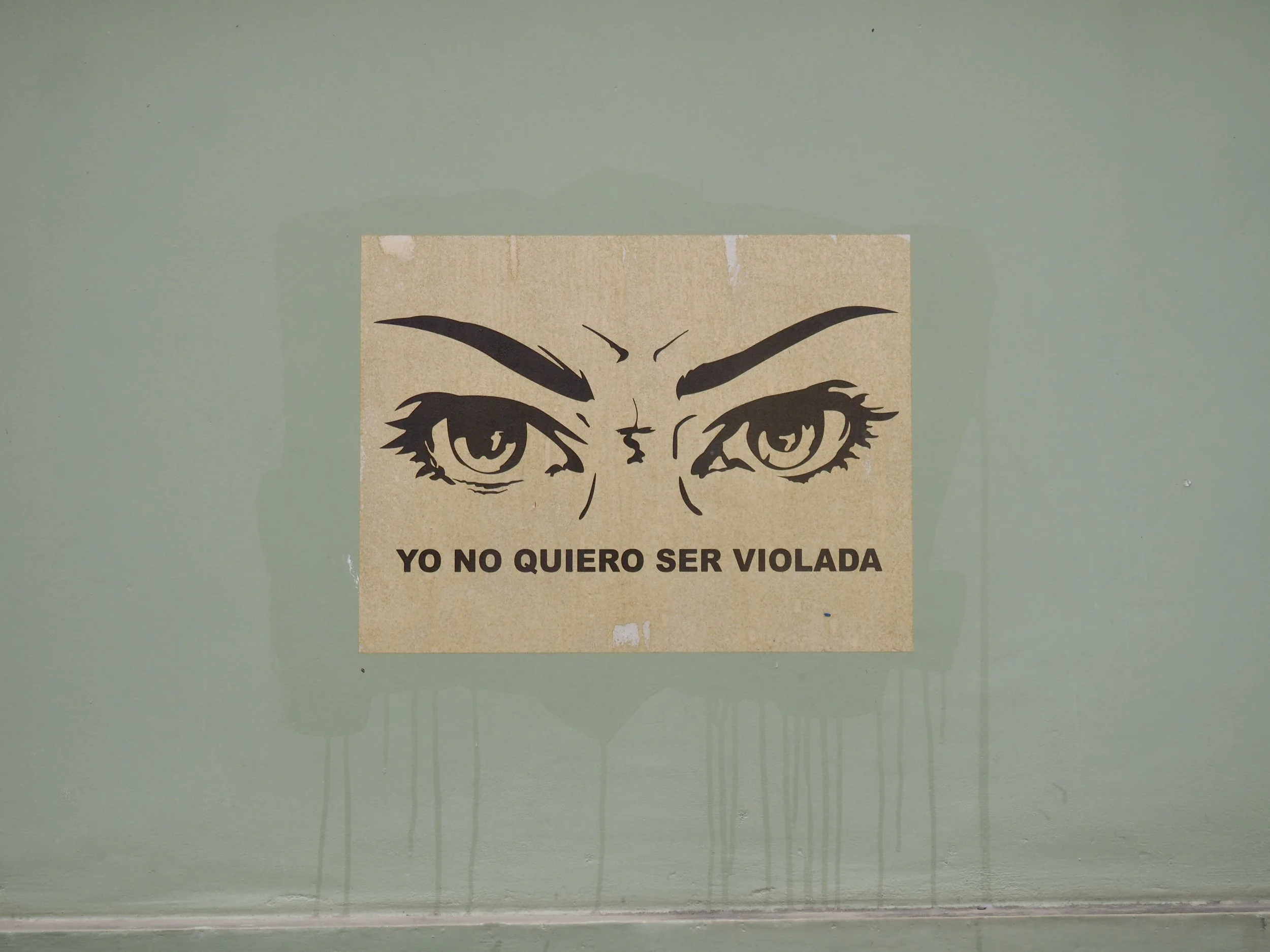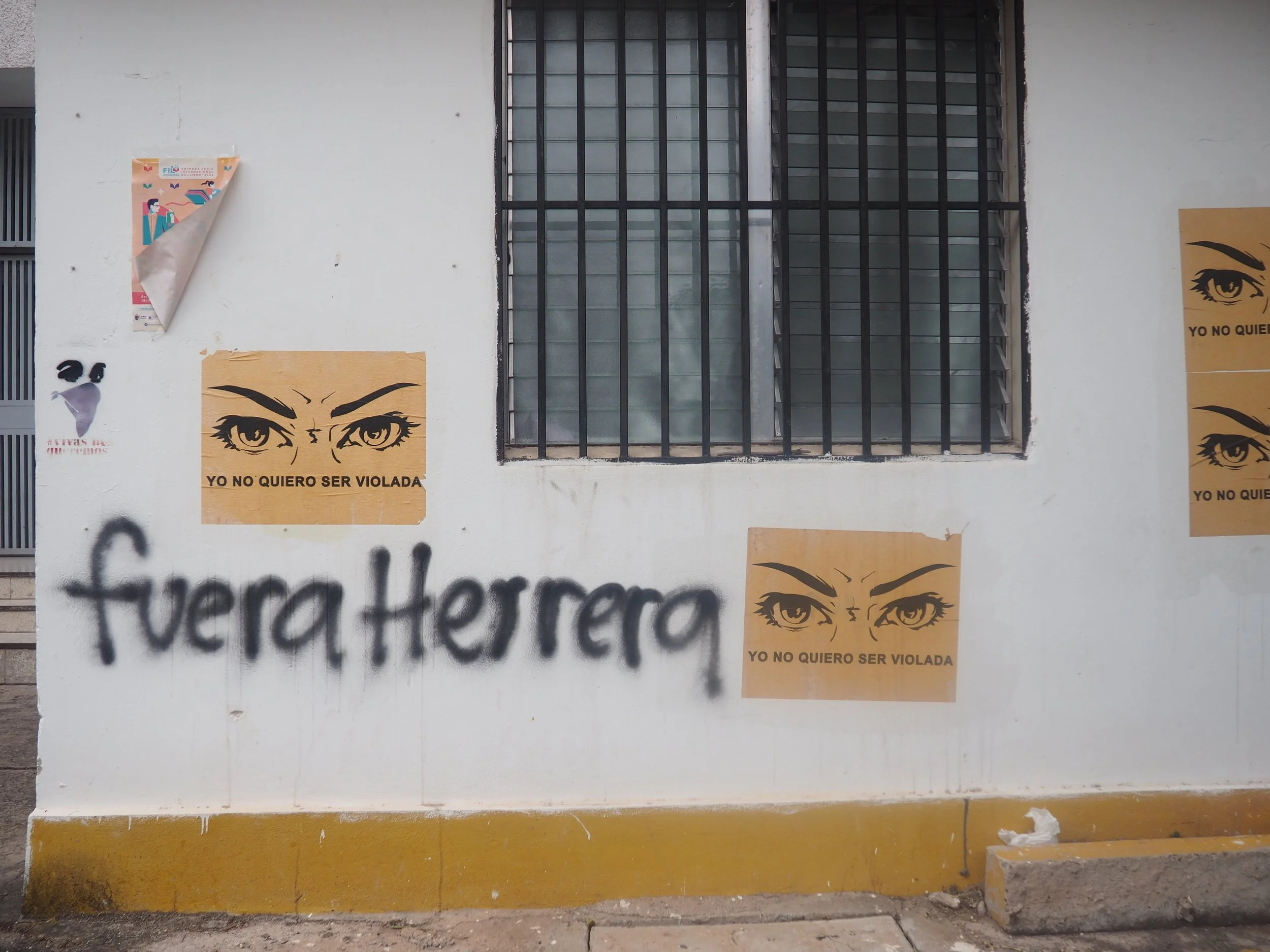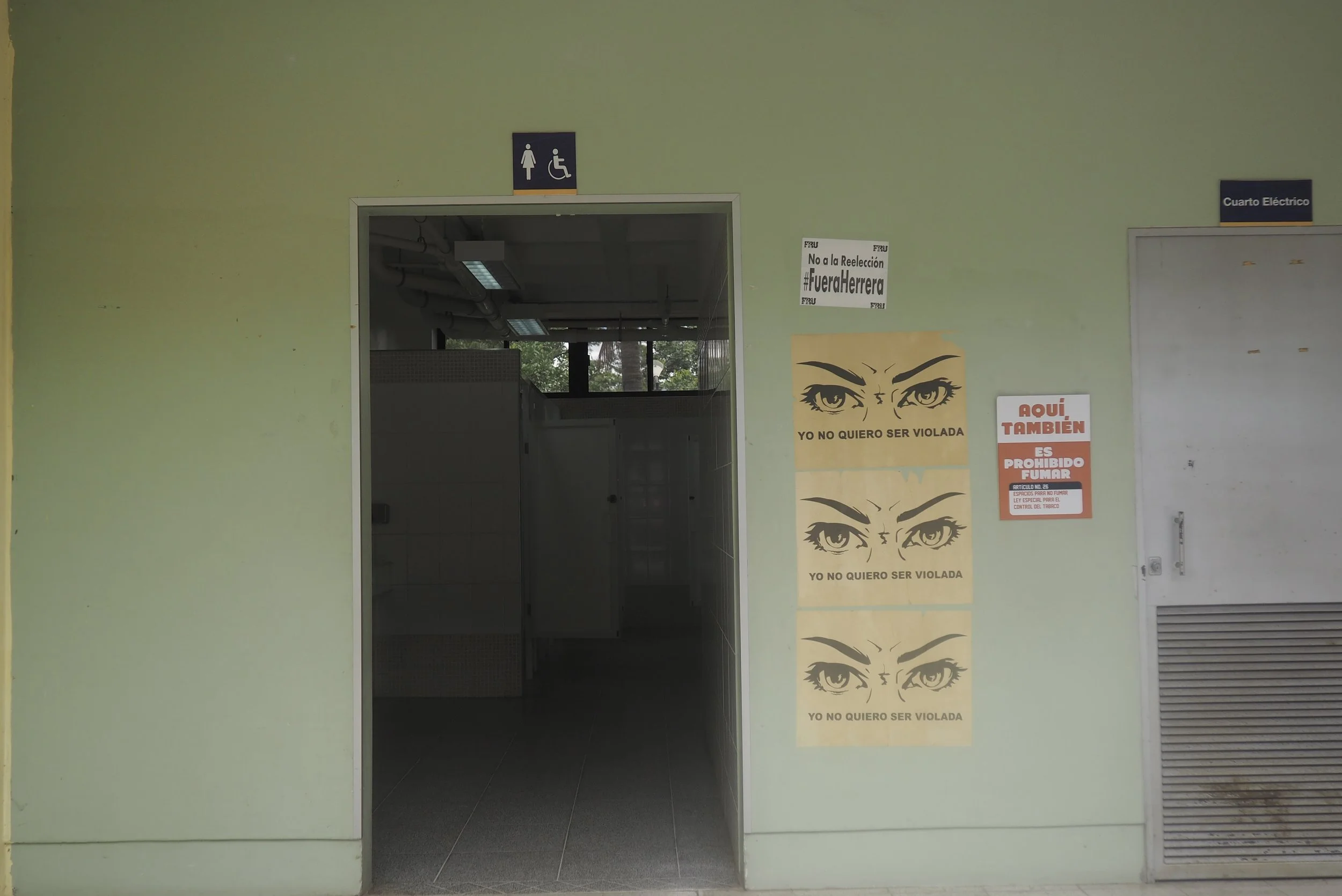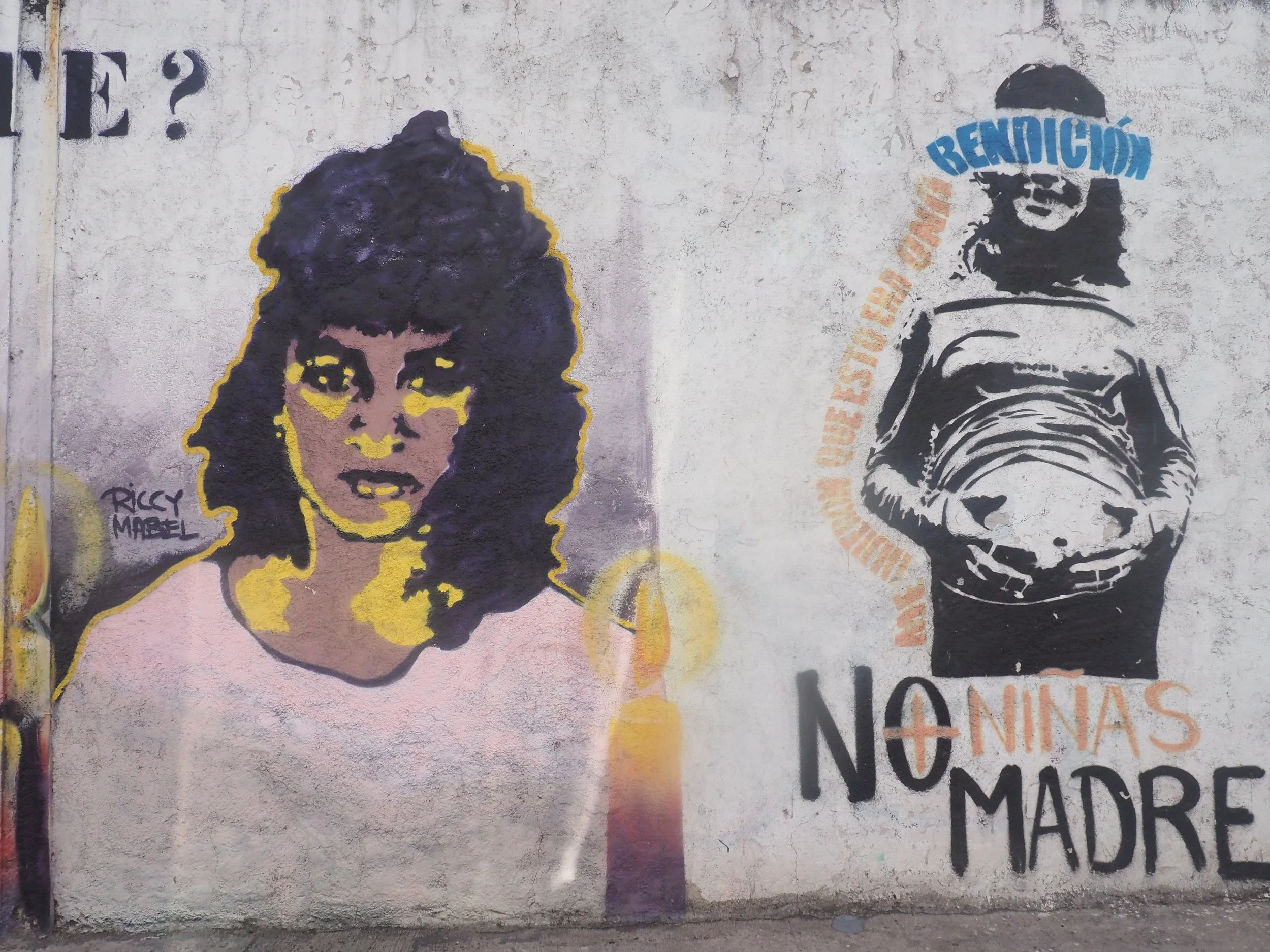
This form of research (or of being present) disobeys traditional methodologies by exploring street art as a living text of our urban realities. In the Central District and Tegucigalpa, the streets have become social observatories, where the walls narrate stories of femicides, struggles for rights and demands for justice.
Reflecting on these messages invites us to question the structures of dominant knowledge. The streets speak of what is not said, becoming an opportunity to build new ways of thinking, feeling and existing.
What do your streets say? This approach seeks not only to observe, but also to give value to the collective knowledge that emerges from shared spaces.
